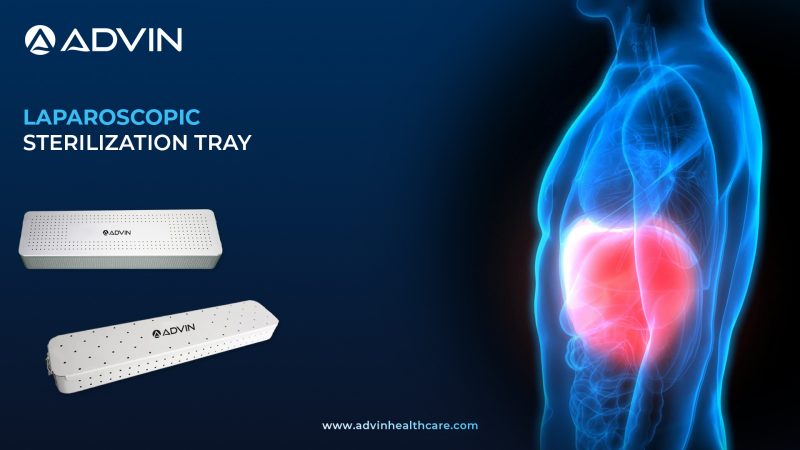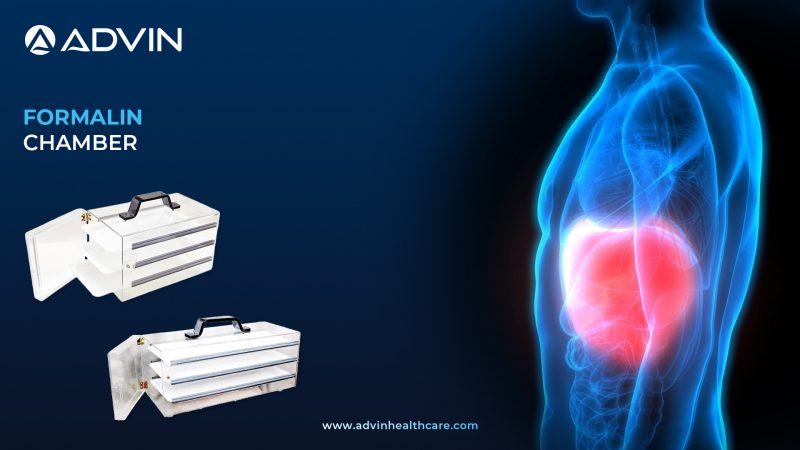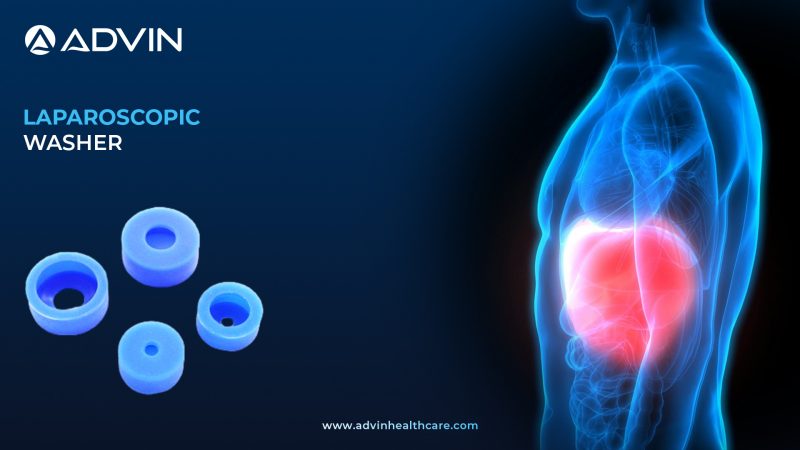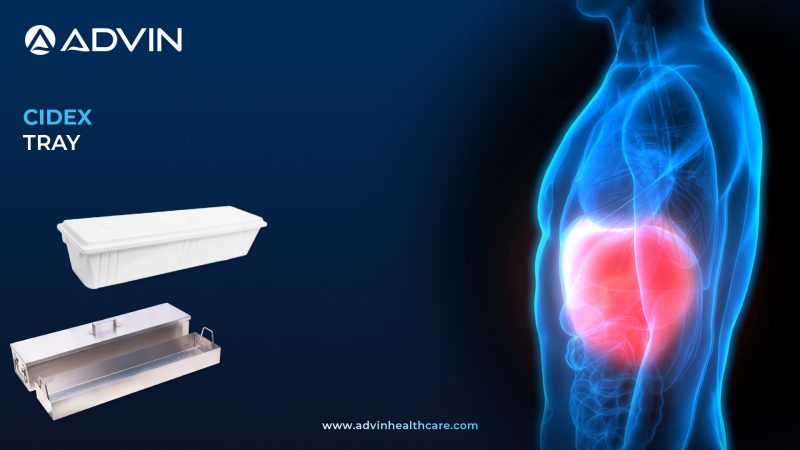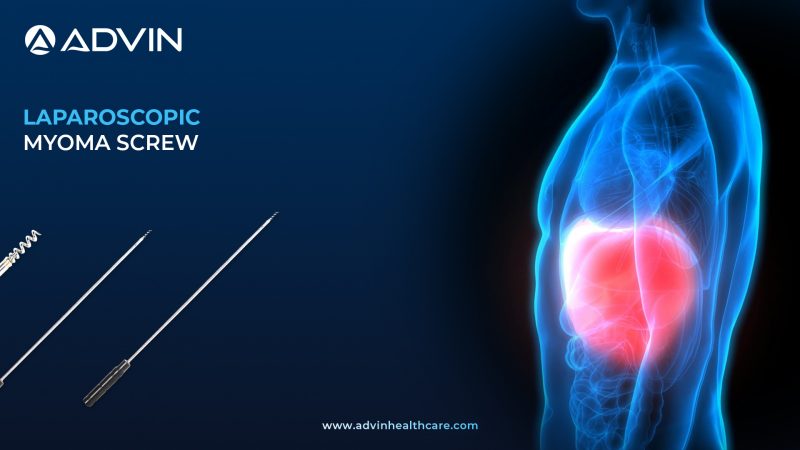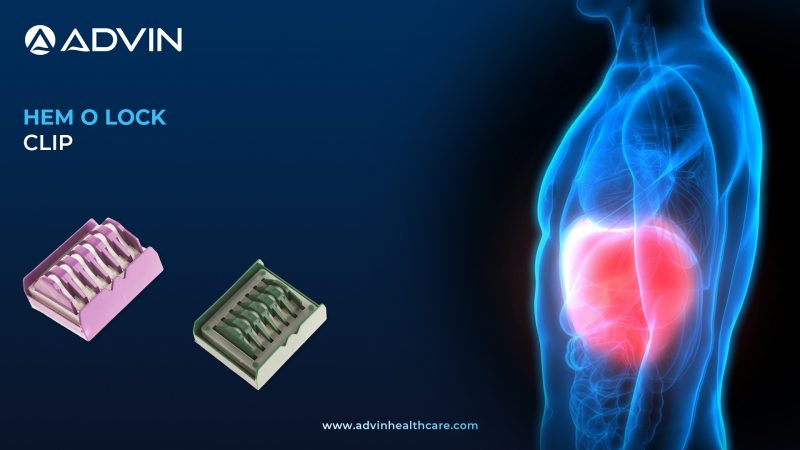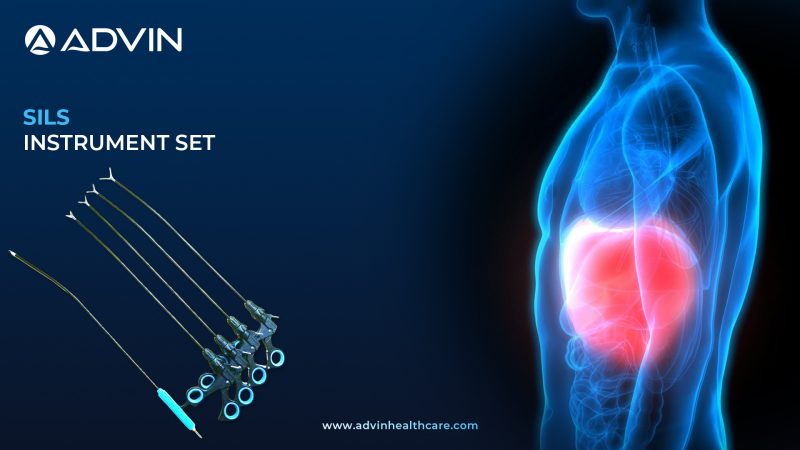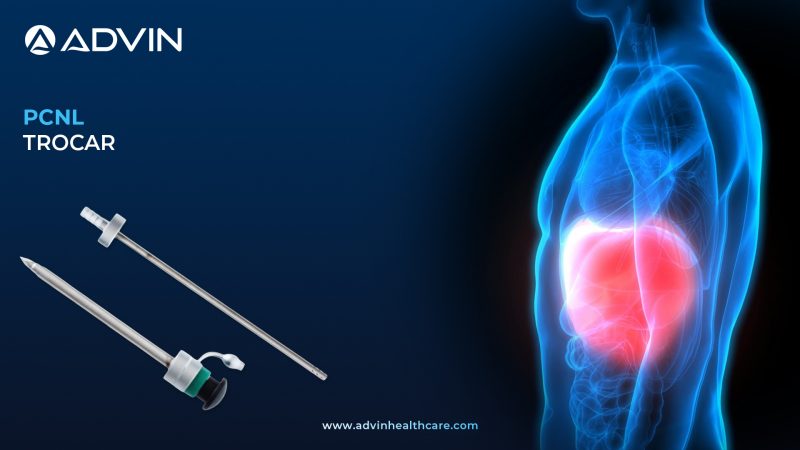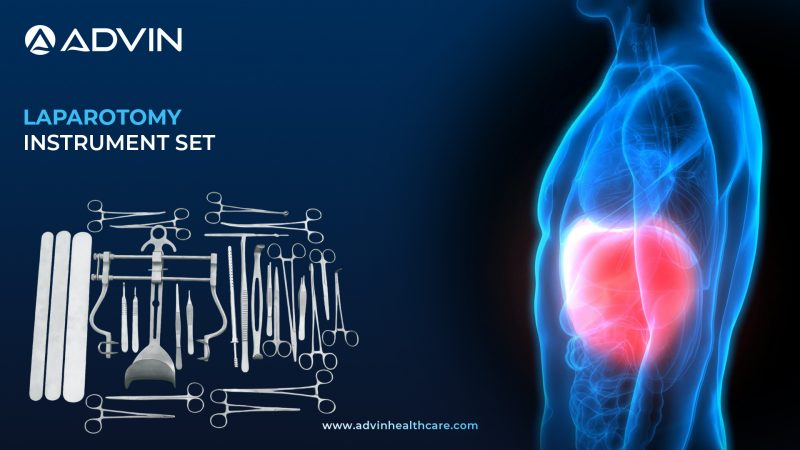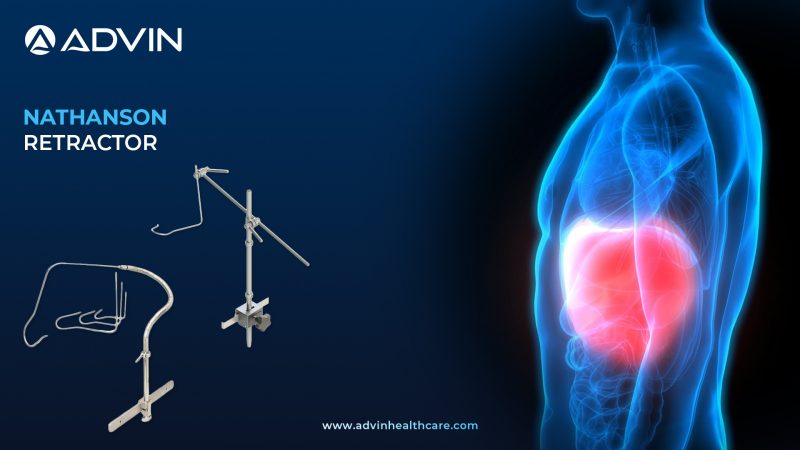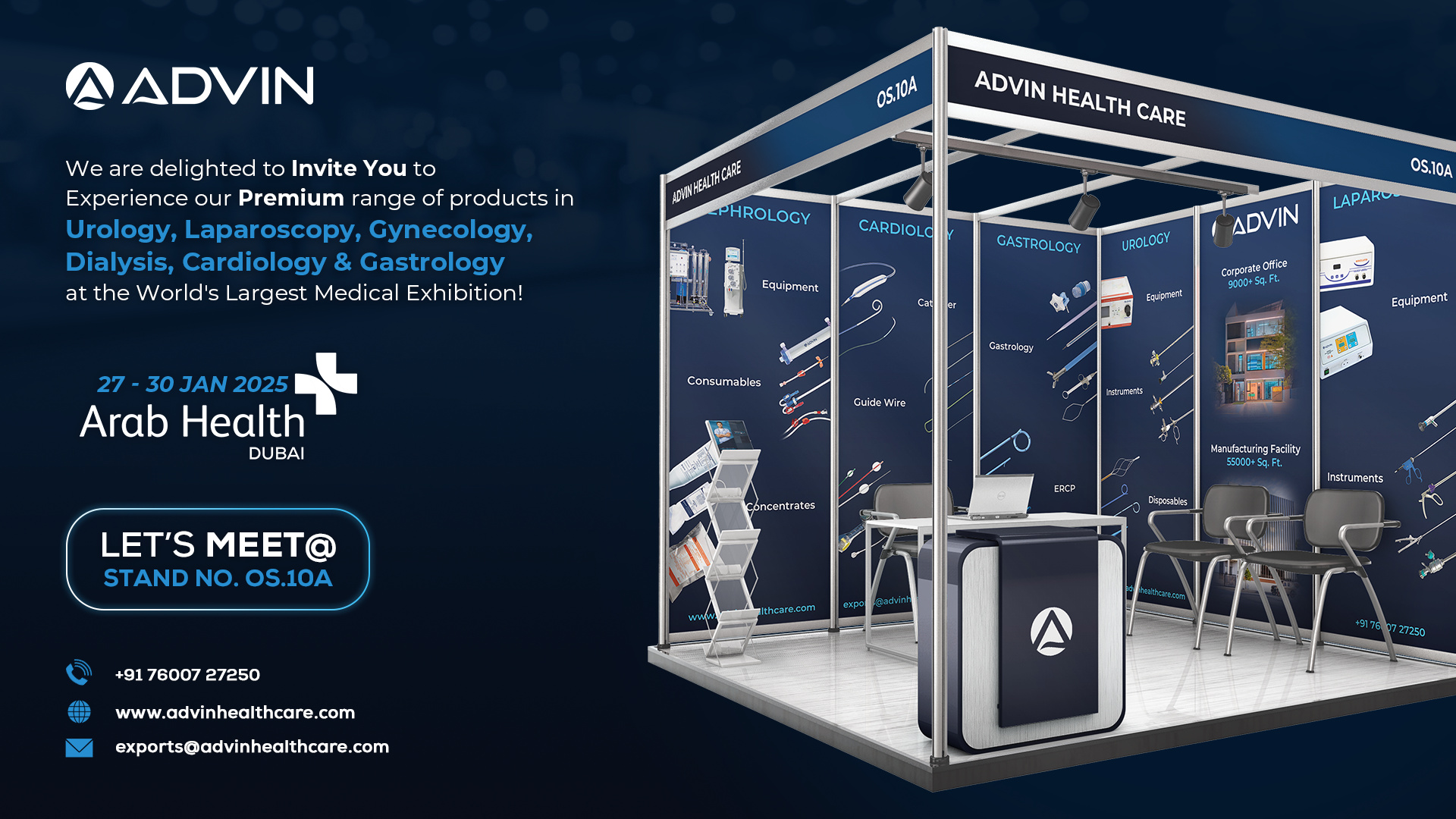Laparoscopy Sterilization Tray for Safe Instrument Management
The Laparoscopy Sterilization Tray is a specialized tray designed to hold and organize laparoscopic instruments for safe sterilization. It ensures all instruments are properly positioned for effective autoclaving or chemical sterilization. Advin Health Care manufactures durable and corrosion-resistant trays for efficient sterilization in surgical settings.
Evolution of Laparoscopy Sterilization Trays in Minimally Invasive Surgery
As laparoscopic surgery became more prevalent, hospitals required dedicated trays to safely sterilize complex instruments. Traditional trays were often unsuitable for long, delicate laparoscopic tools. Laparoscopy Sterilization Trays were developed to provide organized compartments, secure instrument placement, and enhanced sterilization efficiency. Over time, designs improved with perforations for steam penetration, corrosion-resistant materials, and compatibility with various sterilization methods.
Overview of Laparoscopy Sterilization Tray and Its Purpose
Advin Health Care offers high-quality Laparoscopy Sterilization Trays made from medical-grade, corrosion-resistant materials. Each tray features compartments and holders to organize and secure laparoscopic instruments during sterilization. Advin Health Care trays allow uniform steam or chemical exposure for complete sterilization. They are durable, easy to handle, and compatible with standard autoclaves and chemical disinfectants. Laparoscopy Sterilization Trays help maintain instrument integrity and ensure patient safety by supporting efficient sterilization workflows.
Surgeries Related to the Product – Procedures Using Laparoscopy Sterilization Trays
- Laparoscopic Cholecystectomy
- Laparoscopic Hernia Repair
- Laparoscopic Hysterectomy
- Laparoscopic Appendectomy
- Laparoscopic Bariatric Surgery
- Diagnostic Laparoscopy
- Laparoscopic Urologic Surgeries
Instructions for Use – Step-by-Step Guide for Proper Handling and Sterilization
- Arrange laparoscopic instruments neatly in the tray compartments.
- Ensure instruments do not overlap or touch the tray walls excessively.
- Place the tray in an autoclave or chemical sterilizer according to guidelines.
- Verify sterilization parameters are met for the duration of the cycle.
- Remove tray carefully after sterilization and store instruments safely until use.
Market Demand and Global Trends – Growth of Laparoscopy Sterilization Trays Worldwide
The demand for Laparoscopy Sterilization Trays is growing with the rise of minimally invasive surgeries worldwide. Hospitals prefer corrosion-resistant, durable trays that ensure proper sterilization and organization of delicate laparoscopic instruments. Modern trends favor trays with perforated designs for optimal sterilant penetration, compartmentalized layouts, and compatibility with multiple sterilization methods. Efficient sterilization trays are now essential for patient safety and operational efficiency.
Product Also Known As – Alternate Names for Laparoscopy Sterilization Tray
Laparoscopy Instrument Sterilization Tray, Surgical Sterilization Tray, MIS Instrument Tray, Autoclavable Laparoscopic Tray, Laparoscopic Instrument Organizer, Endoscopic Sterilization Tray
Advin Laparoscopy Sterilization Tray – Features, Specifications & Product Highlights
- Safe & Durable Storage for Laparoscopes
- Advin Health Care is a leading manufacturer of Laparoscopy Sterilization Trays, designed to securely hold and sterilize delicate laparoscopic instruments. Each tray ensures uniform sterilant exposure, protects instrument integrity, and supports efficient surgical workflows in hospitals and surgical centers.
- Advin Health Care offers the Laparoscopic Sterilization Container with international quality standards. Designed to protect laparoscopes during sterilization and storage, it ensures instruments remain safe and corrosion-free.
Advanced Features
- Autoclavable & Reusable for repeated sterilization cycles
- Corrosion-resistant for long-lasting durability
- Made from high-grade materials
- Safe and secure protection for laparoscopes
Get Connected:
+91-70717 27261 | urology@advinhealthcare.com | www.advinhealthcare.com

